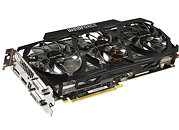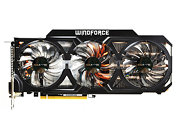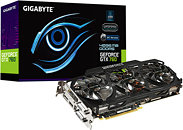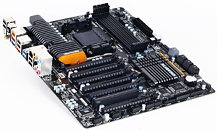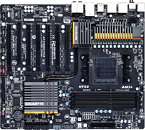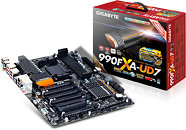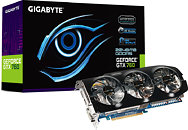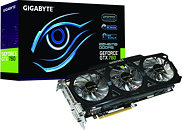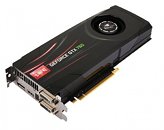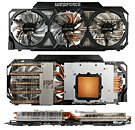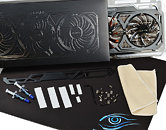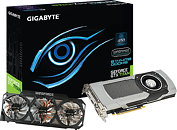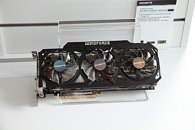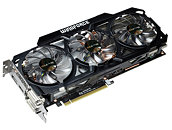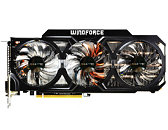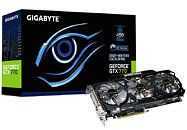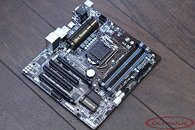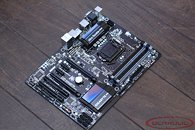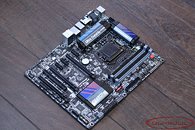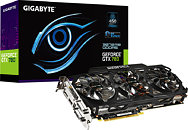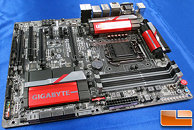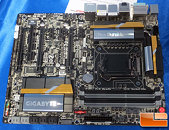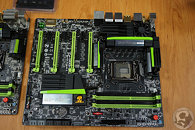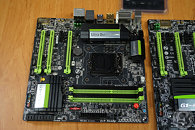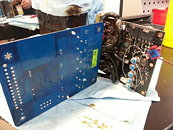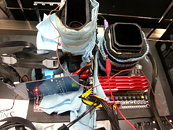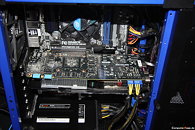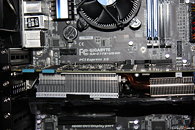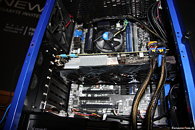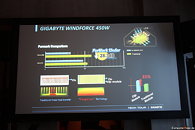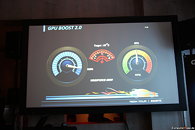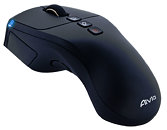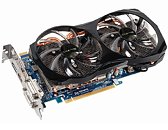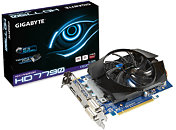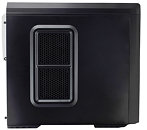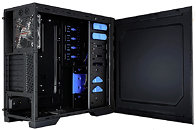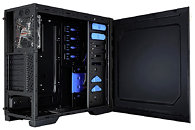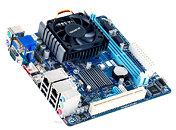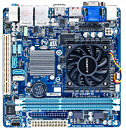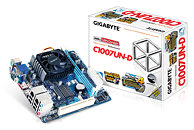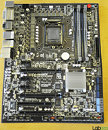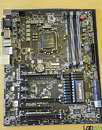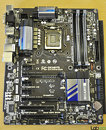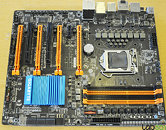
Gigabyte Announces GeForce GTX 760 4GB WindForce OC
Gigabyte announced its premium GeForce GTX 760-based graphics card, the GV-N760OC-4GD. The card ships with 4 GB of memory (compared to 2 GB standard), and factory-overclocked speeds of 1085 MHz core, 1150 MHz GPU Boost; while keeping the memory ticking at 6.00 GHz. The card uses Gigabyte's new WindForce 450W cooling solution deployed on a number of its new GeForce 700 series products.
GV-N760OC-4GD is based on the same exact PCB as the company's GeForce GTX 770 WindForce OC, which draws power from a combination of 6-pin and 8-pin PCIe power connectors, and conditions it using an 8-phase VRM. The WindForce 450W cooling solution can handle thermal loads as high as 450W. It uses two aluminum fin-stacks strapped along the ends of six copper heat pipes (two 8 mm-thick, four 6 mm-thick), which are then ventilated by a trio of 80 mm fans. We expect the card to be priced around US $300.
GV-N760OC-4GD is based on the same exact PCB as the company's GeForce GTX 770 WindForce OC, which draws power from a combination of 6-pin and 8-pin PCIe power connectors, and conditions it using an 8-phase VRM. The WindForce 450W cooling solution can handle thermal loads as high as 450W. It uses two aluminum fin-stacks strapped along the ends of six copper heat pipes (two 8 mm-thick, four 6 mm-thick), which are then ventilated by a trio of 80 mm fans. We expect the card to be priced around US $300.
